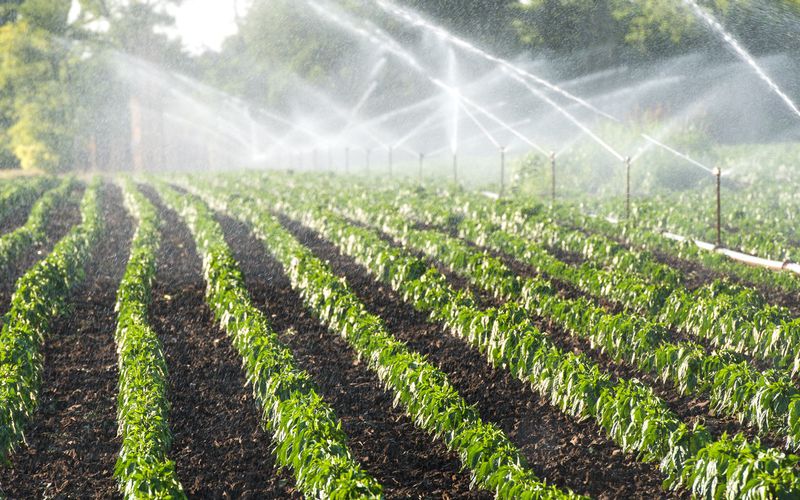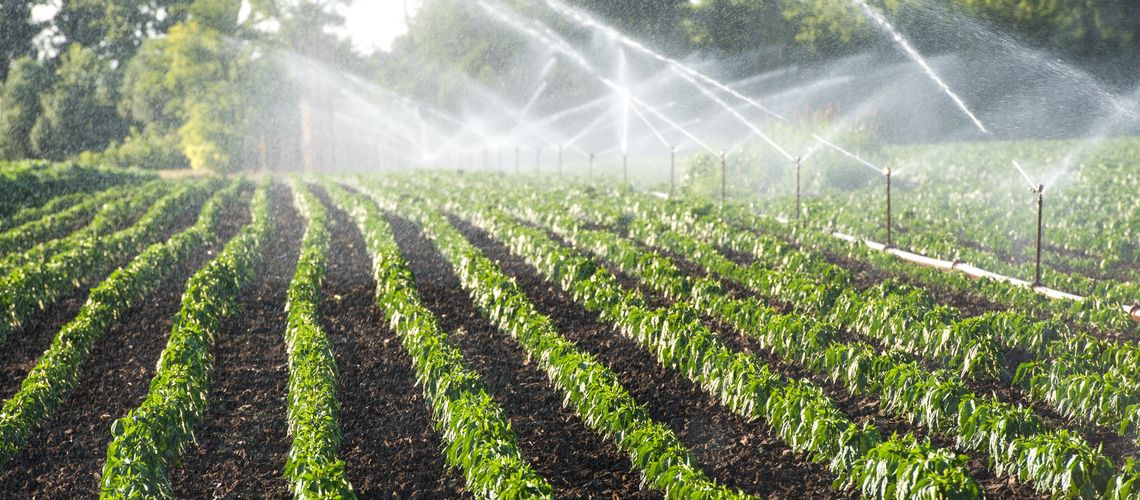What Lab Managers Need to Know About the Food Safety Modernization Act


The agricultural water standards included in the Produce Safety Rule under the Food Safety Modernization Act (FSMA) from 2011 were designed to prevent scenarios like the romaine lettuce outbreak of late 2018. While the Centers for Disease Control and Prevention (CDC) issued a stern warning against eating the lettuce after an E. coli outbreak was discovered, 62 people across the country nonetheless became ill. Ultimately, the CDC and the Food and Drug Administration (FDA) traced the contaminated lettuce back to an agricultural water reservoir on a California farm.
Events like this prove why intense scrutiny of water supplies is so critical. And thankfully, with the implementation of the FDA's PSA regulations underway, labs will be conducting more rigorous testing of agricultural water in an effort to prevent future outbreaks like these.
The Goal of FSMA
According to the CDC, 48 million Americans — or one in six people — get sick from contaminated food every year. And of that group, 128,000 of them will require hospitalization to get better. Foodborne illness can also be fatal, with some groups being more susceptible to it than others: the young and the elderly, pregnant women, and those with weaker immune systems.
Certain foods can also put consumers at a higher risk. The CDC found that types of produce, especially leafy vegetables, are responsible for 46 percent of foodborne illnesses.
The FDA's Produce Safety Rule establishes standards for growing, harvesting, packing, and storing produce so that it's safe for human consumption. Agricultural water is considered the most significant contamination pathway, which is why the standards include rules and regulations for its quality and testing.
Standards for Agricultural Water
For water labs, the relevant part of the Produce Safety Rule is the requirement that agricultural water that's potentially contaminated by feces be tested for viral, parasitic, or bacterial pathogens. The FDA defines agricultural water as sources that are intended or likely to contact the harvestable part of a growing crop, the harvested produce, or the surfaces that come into contact with the product.
The Produce Safety Rule requires farms to inspect their agricultural water systems every year for potential quality hazards and to ensure machinery remains in good condition. In addition, they will need to work with water labs to ensure their agricultural water meets these safety standards through special testing.
The Produce Safety Rule applies microbial water quality criteria that use E. coli as an indicator of feces being present. This testing is critical because, according to the FDA, as fecal contamination increases, so does the likelihood that disease-causing microorganisms are also present.
To enforce these regulations, the FDA mandates that agricultural water in direct contact with produce during or after harvest — when dangerous microbes could likely be transferred — can have no detectable E. coli. Alternatively, water used during growing can meet less stringent requirements that are based on statistical calculations from E. coli test results over time.
Frequency of Testing
Most farms don't have multiple options for sourcing agricultural water, which means controlling contamination isn't always possible. That's why regularly monitoring and testing these water supplies are so important.
The FDA recommends different testing schemes depending on each type of water source. For example, a grower who uses untreated surface water for growing produce must collect 20 samples over two to four years in order to obtain an accurate initial microbial water quality profile using geometric mean and statistical threshold value calculations. After that, the farm must add a minimum of five samples every year to update their calculations. This process is ongoing, and the rolling data set should include four years of prior data at any given time to remain accurate.
Alternatively, untreated groundwater that is directly applied to growing produce requires four initial samples over one year to determine if it meets the required quality criteria. After the initial survey, growers must provide one new sample each year to update the rolling data set.
For groundwater used for purposes in which no detectable E. coli is allowed — namely, water in direct contact with produce — the FDA requires four tests the first year and once thereafter, unless the water fails a test.
When Will Testing Standards Go Into Effect?
There are various compliance dates for the water testing component of the Produce Safety Rule depending on a farm's produce revenue, as outlined by the Produce Safety Alliance. Keep in mind that even if a farm is exempt from the Produce Safety Rule's standards due to lower revenues, it may still need to meet buyer requirements.
Setting standards has proven easier than implementing them, however. Although the water-related compliance dates were slated for 2018, the earliest date has been pushed to 2022 for large businesses (farms earning more than $500,000 in revenue) as part of the FDA Final Rule on Produce Safety.
The upside is that this additional time will allow stakeholders — growers, state regulatory partners, and testing labs — to really consider how to adhere to FSMA regulations in the best, most efficient way possible. However, the FDA may start conducting routine inspections as early as this year, so growers should begin to prepare and even consider requesting on-farm readiness reviews by state or federal regulators. Water labs will also need to be prepared for the number of samples and types of testing growers will need, especially as part of their initial profiles.
